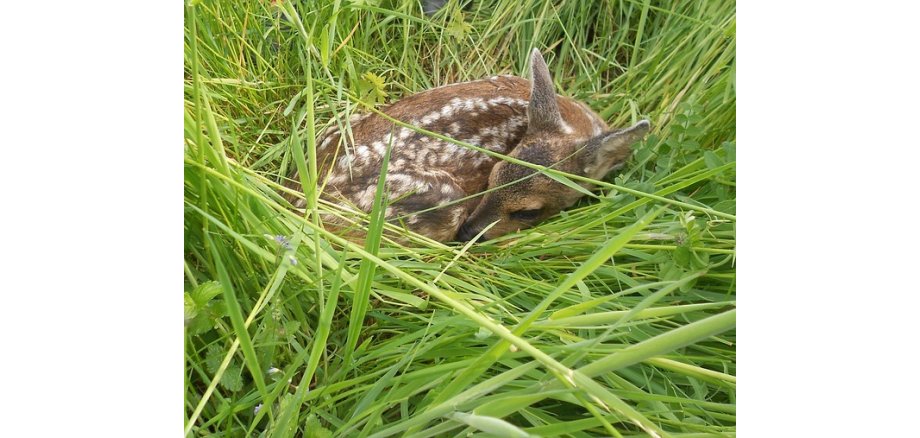Drones are being used more and more frequently in agriculture. Drones are particularly effective in detecting fawns, which duck reflexively when mowing grassland and are therefore often caught by mowing equipment - often with fatal results for the animals and high losses for farmers. Due to European regulations, the use of drones was often only possible to a limited extent until now. Federal Minister for Digital and Transport Dr Volker Wissing has now lifted restrictions for agriculture by issuing an instruction to the Federal Aviation Office.
Wissing: "We promised farmers that we would make their lives easier and scrutinise unnecessary regulations. I am keeping my word and have therefore instructed more practicable rules for the use of drones in agriculture. In future, drones will be able to fly over significantly more agricultural land to protect fawns. The new rules will benefit farmers and animals alike. We will continue to exhaust all legal options to achieve improvements for our farmers."
The new rule concerns the use of drones to rescue fawns.
Previously, drones equipped with cameras had to keep a minimum distance of 150 metres from residential, commercial, industrial or recreational areas in accordance with EU regulations. This is a particular disadvantage for German farmers, as Germany is comparatively densely populated and fields are often adjacent to residential or commercial areas. With the new regulation, a minimum distance according to the 1:1 rule applies. This means that the minimum distance can be reduced to 10 metres if flown at a correspondingly low altitude. This means that operators have over 90 per cent more space available for drone use.
The exception applies to the operation of drones used for agricultural and animal welfare purposes. It applies with immediate effect and therefore in good time for the spring mowing season.

